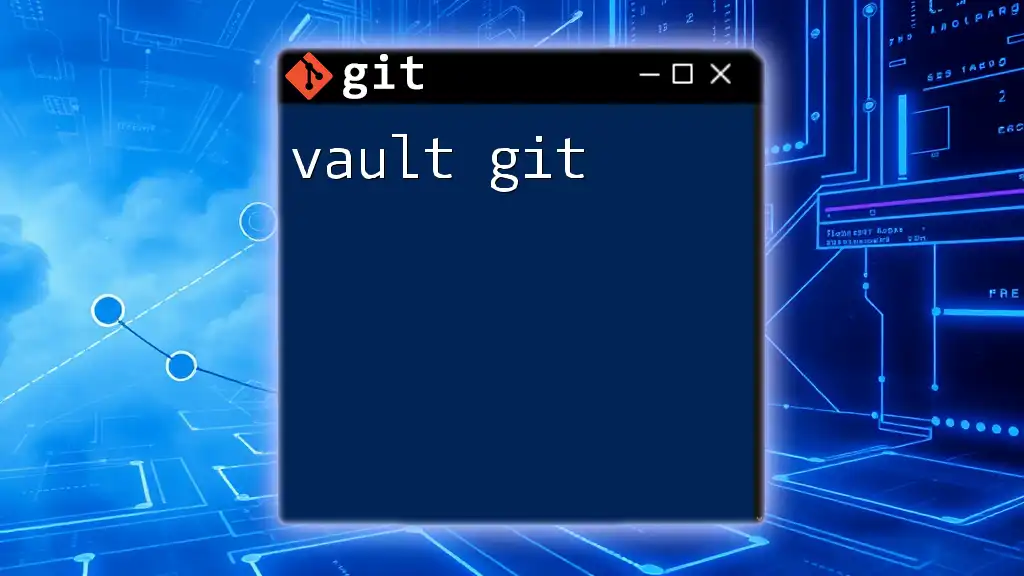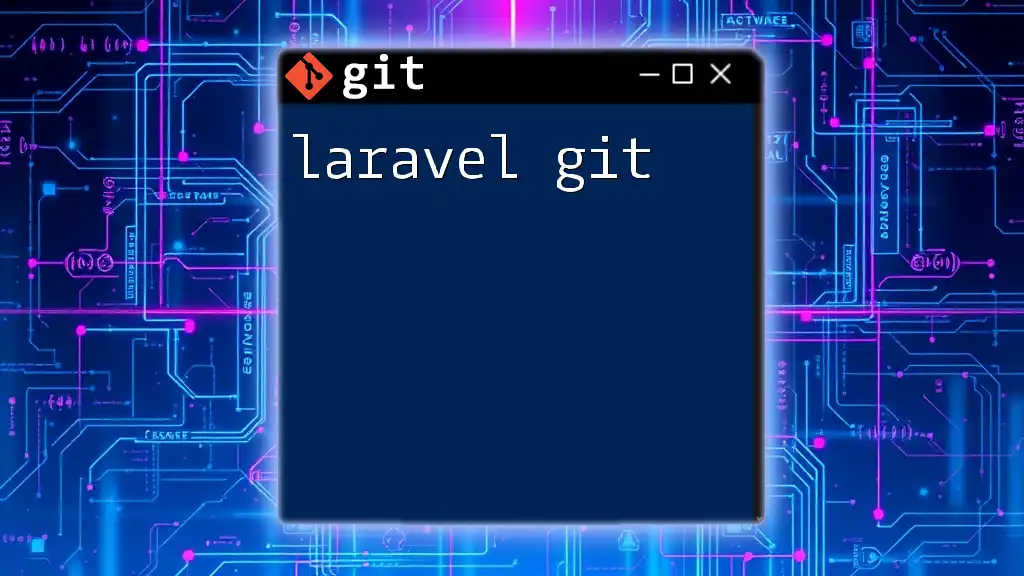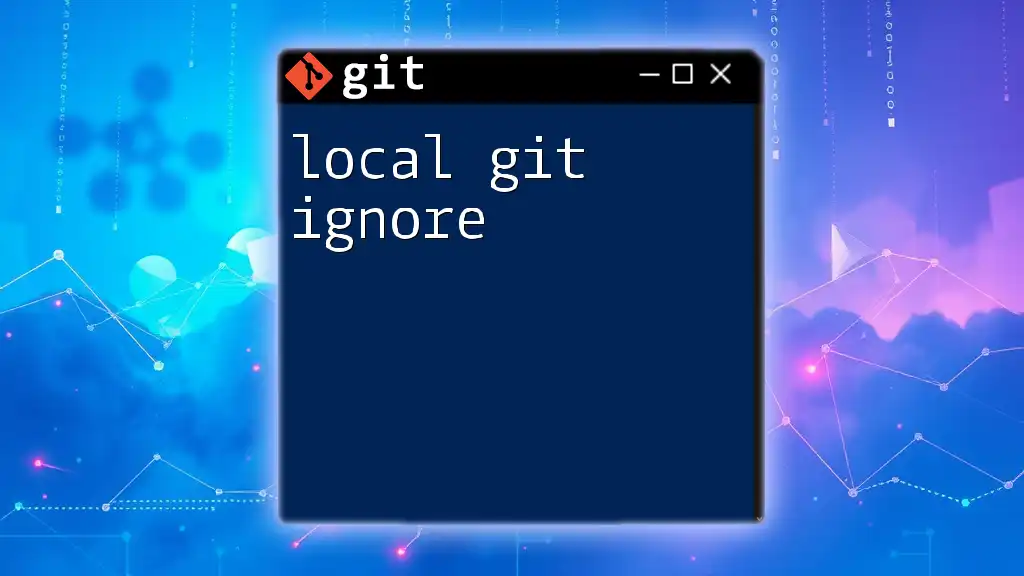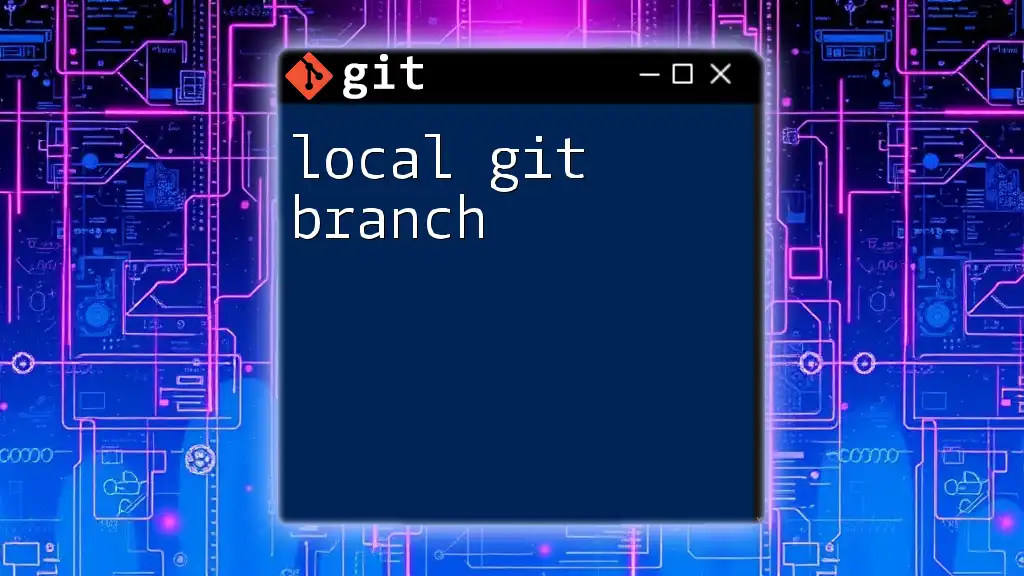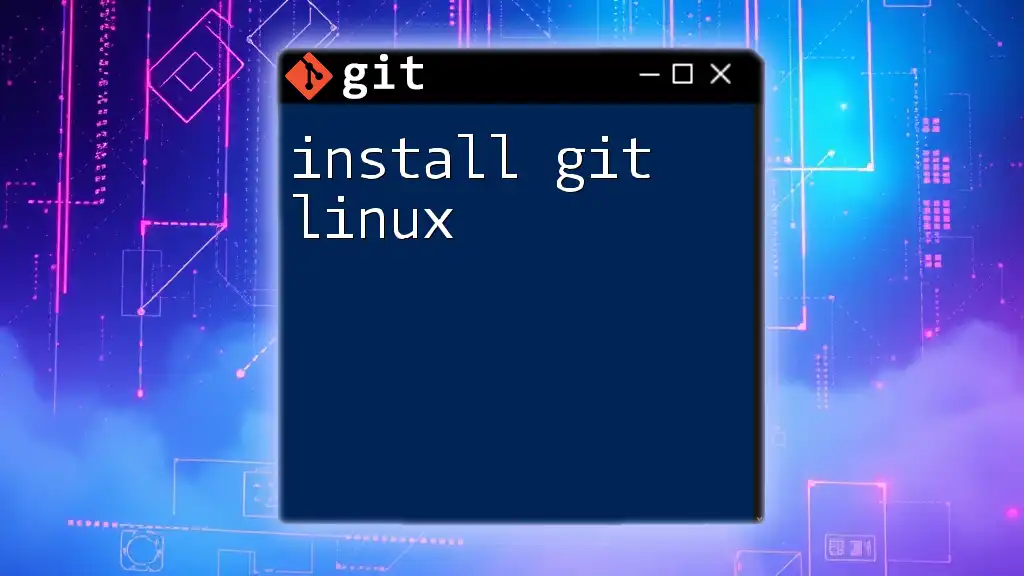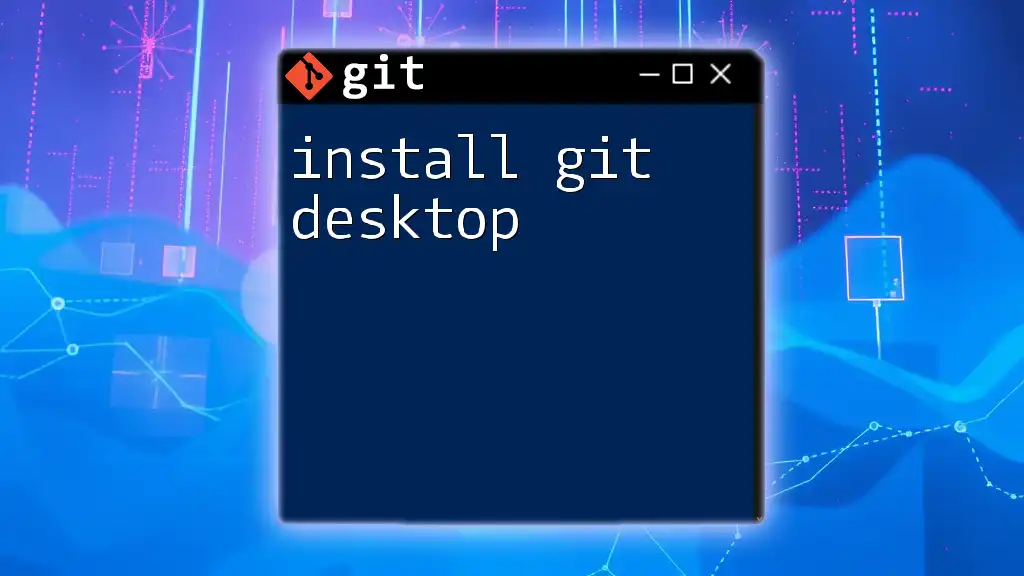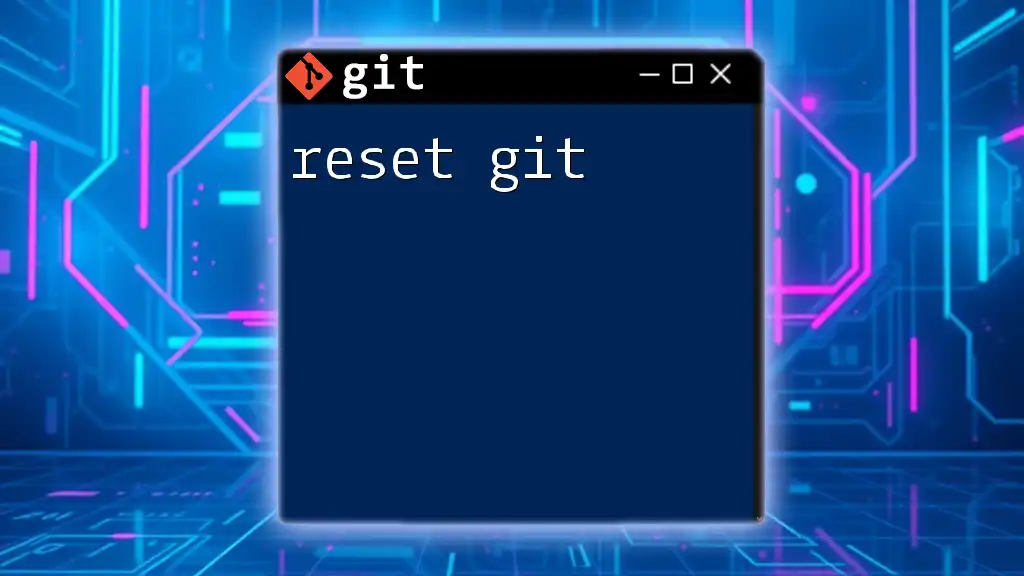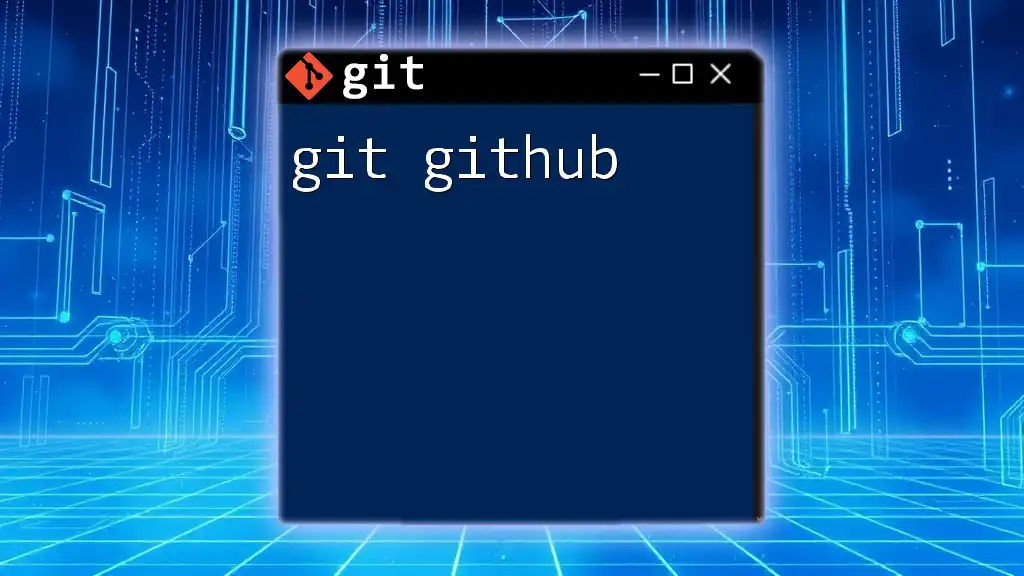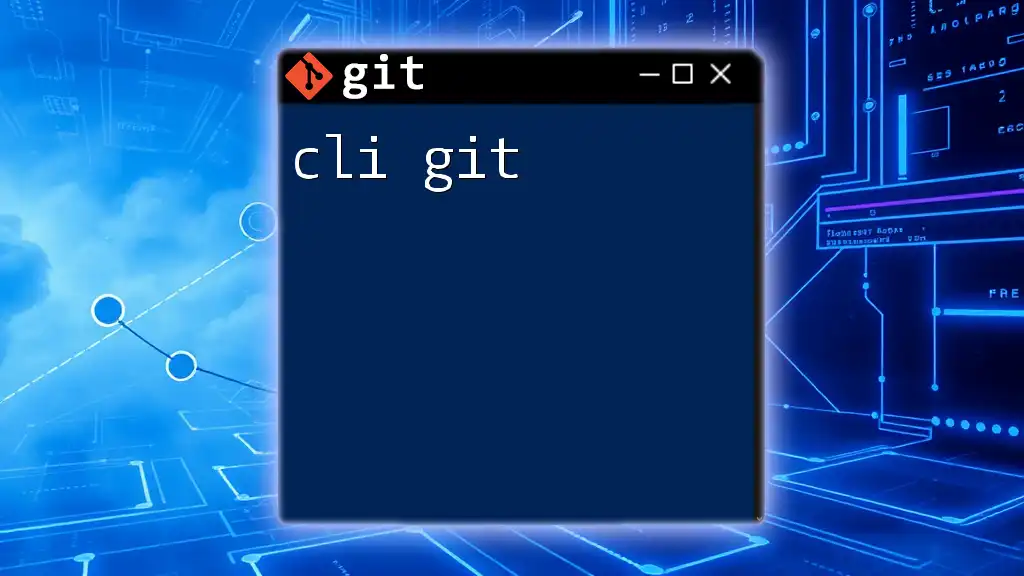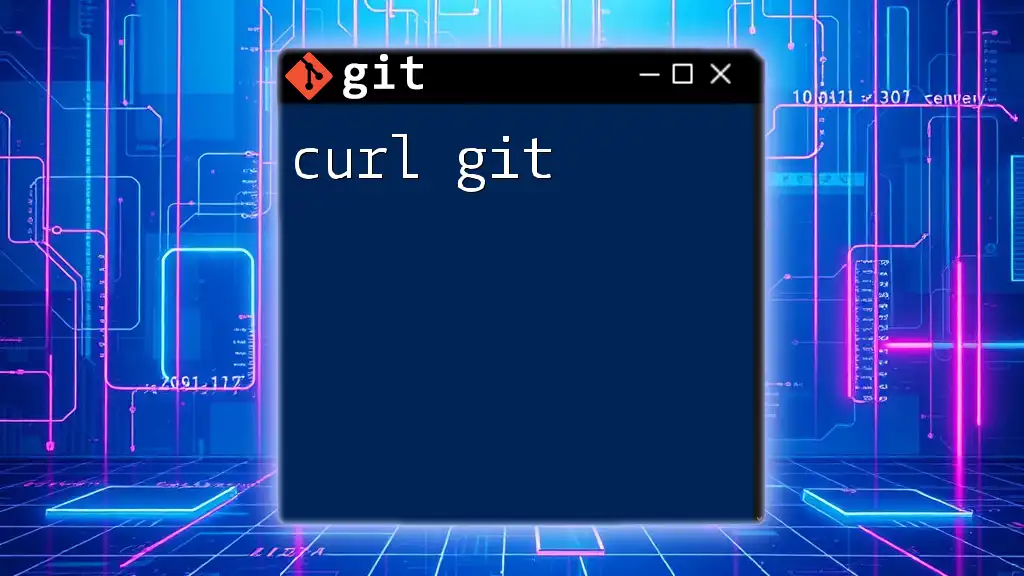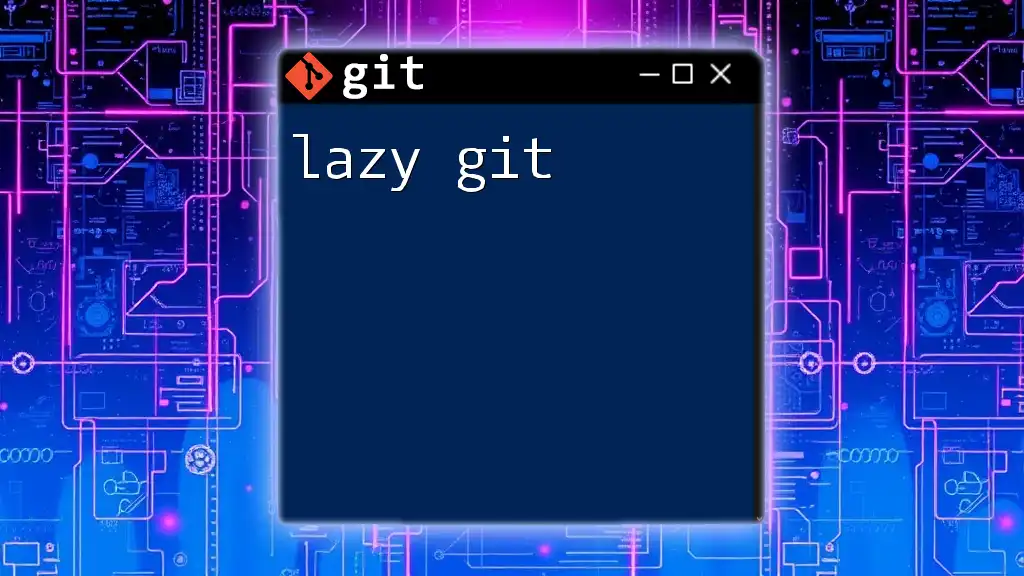Vault Git is a version-controlled storage solution that enables users to securely manage sensitive data, such as API keys and passwords, alongside their code repositories.
git vault create my_secret_key --value="superSecretValue"
Understanding Vault Git
What is Vault Git?
Vault Git is a specialized version control system designed to manage code securely and efficiently. It combines the familiar concepts of Git with enhanced features aimed at protecting sensitive data and maintaining the integrity of the code. Vault Git serves as a way for teams to collaborate on software development while ensuring that the repository remains secure. It is particularly useful in scenarios where data security is paramount, such as in financial services, healthcare, and any industry handling sensitive data.
Key Features of Vault Git
Vault Git boasts numerous features that set it apart from other version control systems.
- Security: One of the most significant advantages of Vault Git is its emphasis on data security. It uses advanced techniques to protect sensitive information stored in repositories.
- Versioning and Backup: Vault Git maintains a detailed history of code changes, making it simple to revert to previous versions or recover deleted files. This capability is crucial during the development process.
- Integration with CI/CD pipelines: Vault Git can seamlessly integrate with continuous integration and continuous deployment (CI/CD) tools, streamlining workflows and promoting automated testing and deployment.
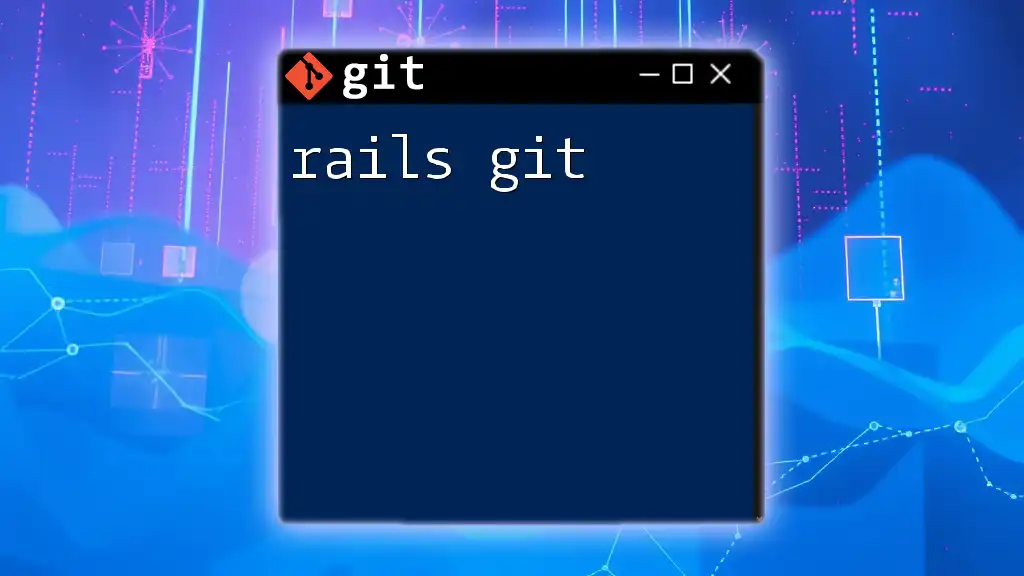
Setting Up Vault Git
Prerequisites
Before diving into the setup process, users should have a basic understanding of Git commands and familiarity with software installations. Ensuring that the following tools are installed is vital:
- Git: This forms the backbone of version control management.
- A secure cloud service compatible with Vault Git (if applicable).
Installation Steps
Installing Vault Git involves a series of straightforward steps. Begin by downloading the latest version of Vault Git from the official website. Follow the installation guide, which typically involves extracting the contents and placing them in the appropriate directory for your operating system.
Once installed, verify the installation with:
vault-git --version
If you encounter any installation issues, common problems include missing dependencies or conflicts with existing software. Checking official documentation can provide valuable troubleshooting steps.
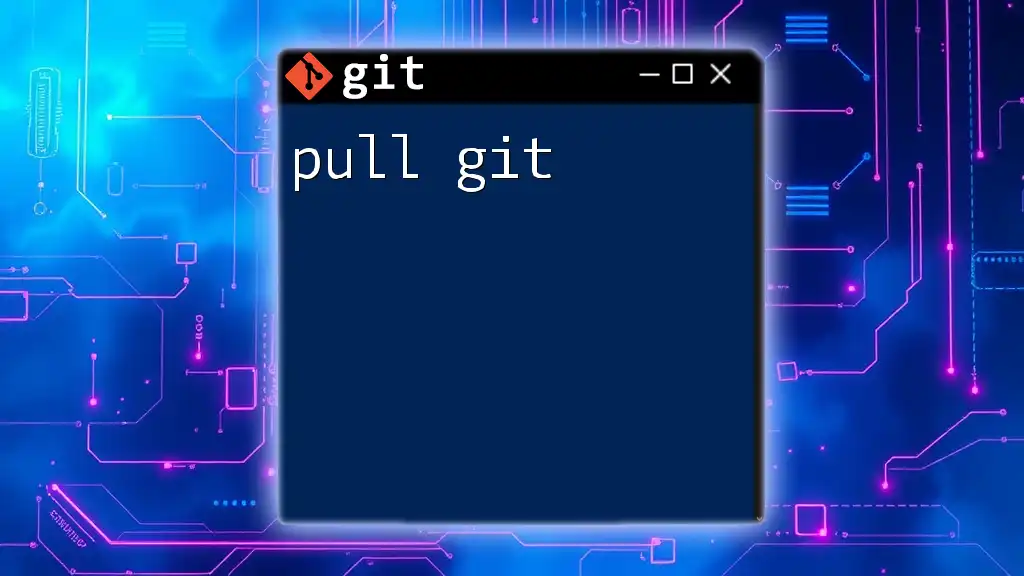
Core Concepts of Vault Git
Repository Basics
A Git repository serves as a storage area for your project. Understanding the differences between local and remote repositories is integral for effective project management. A local repository allows for offline changes and is stored on your own machine, while a remote repository exists on a server and facilitates collaboration among team members.
Branching and Merging
Branching is a powerful feature in Vault Git that allows developers to work on features without impacting the main codebase. Creating a new branch can be accomplished with the command:
git checkout -b new-feature
This command creates and switches to a new branch named `new-feature`. Combining branches back into the main branch is equally important. By following best practices like resolving conflicts promptly and maintaining clear commit messages, teams can merge changes effectively.
Stashing Changes
Stashing is a useful feature for temporarily saving changes that are in progress. When you need to switch contexts but are not ready to commit, stashing allows you to save your work until you return. Execute the following command to stash changes:
git stash
To restore the stashed changes back to your working directory, use:
git stash pop
This capability ensures a smooth workflow when juggling multiple tasks.

Working with Vault Git Commands
Essential Git Commands
Familiarizing yourself with essential Git commands is critical for effectively navigating Vault Git. Here are some foundational commands:
- `git init`: Initializes a new repository in your current directory.
- `git clone`: Clones a remote repository to your local machine. This command is essential for starting work on an existing project.
git clone https://github.com/username/repository.git
- `git add`: Stages changes for commit, allowing you to specify what modifications should be included in the next snapshot of the repository.
git add .
- `git commit`: Commits staged changes with a message, recording the updates in the repository history.
git commit -m "Add new feature"
- `git push`: Pushes committed changes to a remote repository, making them accessible to other team members.
git push origin main
Advanced Commands
As you grow more comfortable with Vault Git, delving into advanced commands can enhance your productivity. Consider using tags and releases to mark specific points in your project, ideal for versioning.
Create a new tag using:
git tag -a v1.0 -m "Release version 1.0"
Interactive rebasing allows for more control over your commit history, letting you reorder, squash, or edit previous commits effectively, keeping your history clean and understandable.
Cherry-picking lets you apply specific changes from one branch to another without merging. This feature comes in handy when you need a particular fix without introducing all changes from the source branch.
git cherry-pick <commit_hash>
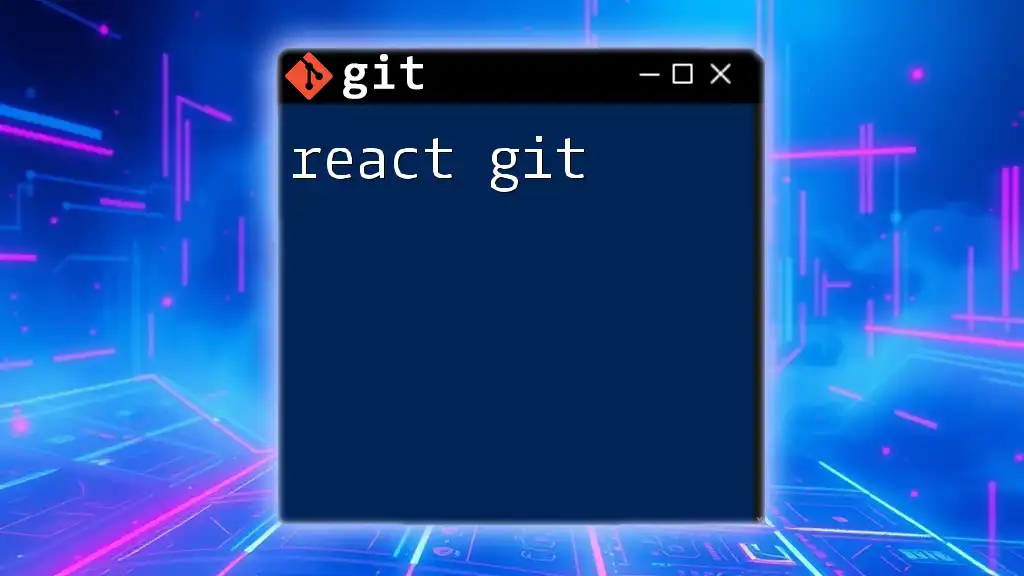
Best Practices for Using Vault Git
Structuring Repositories
Proper repository structure is fundamental for successful project management. Consider organizing your directory into logical groupings. For instance, a standard convention involves separating source code, documentation, and tests into distinct folders.
Commit Messages
Writing meaningful commit messages is vital for understanding project history. A well-structured commit message typically follows this format:
- Type: What is the nature of the change? (feat, fix, docs, etc.)
- Scope: A brief description of what part of the codebase is affected.
- Subject: A concise summary of the change, ideally under 50 characters.
An example commit message might look like:
feat(user-auth): add login functionality
Collaborating with Teams
Effective collaboration is essential for team success. Establish clear guidelines on branch naming, commit frequency, and pull request reviews. Handling conflicts promptly is critical; provide clear explanations and maintain open lines of communication within your team.
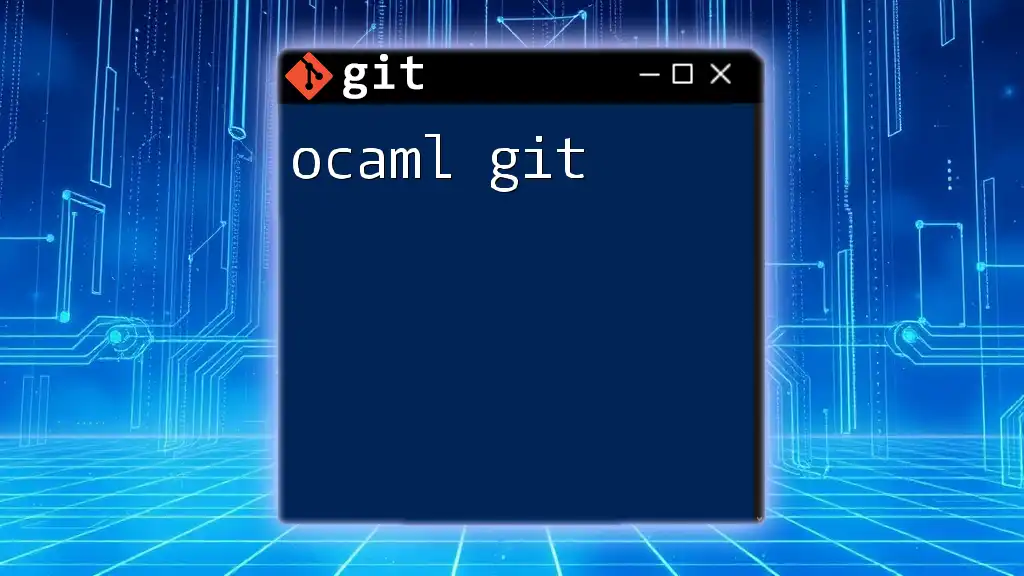
Vault Git Security Features
User Authentication and Authorization
Vault Git implements robust user authentication and authorization processes. By leveraging techniques like OAuth, you ensure that only authorized users can access sensitive repositories. It’s essential to establish clear user roles tailored to your project’s needs.
Data Encryption
Data encryption is a cornerstone of Vault Git’s security model. It ensures that sensitive data is encrypted both at rest and in transit, safeguarding against unauthorized access. Use encryption mechanisms effectively by always enabling them for sensitive branches and configurations.
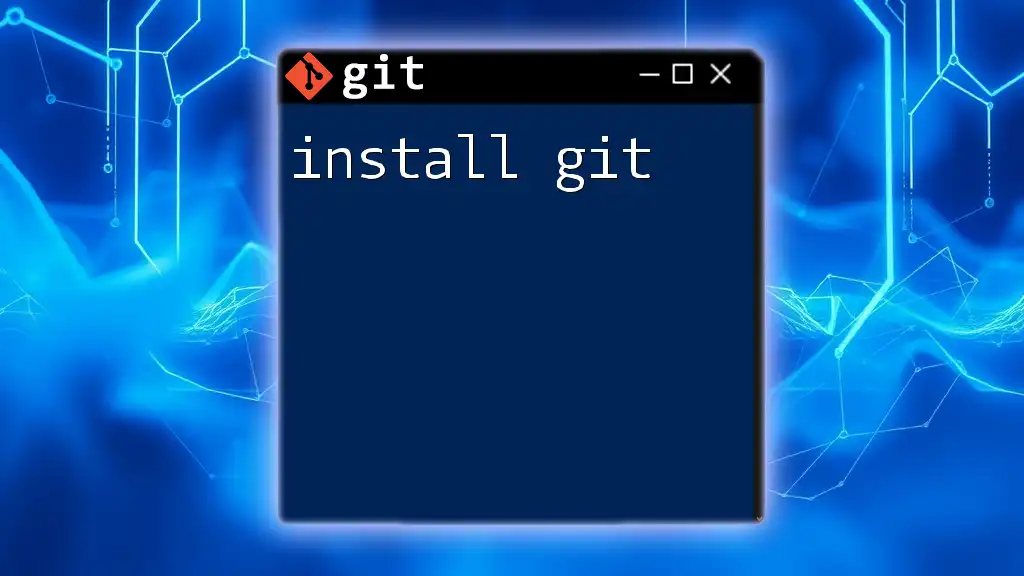
Troubleshooting Common Issues
Common Errors and How to Fix Them
While using Vault Git, you may encounter errors such as merge conflicts. A merge conflict arises when two branches have competing changes in the same file. To resolve this, carefully review the conflict markers in the affected files and decide how to integrate them.
Authentication issues can also occur, particularly when pushing changes to remote repositories. Ensure that your credentials are set up correctly and that you have the necessary permissions for the repository.
Debugging Tips
When issues arise, Git provides built-in tools to assist you:
- `git status`: Displays information about the current state of the repository, including staged changes and untracked files.
- `git log`: Shows the commit history, providing context around recent changes and their authors.
For complex issues, don’t hesitate to seek help from the community. Forums and Git’s official documentation are invaluable resources for troubleshooting.
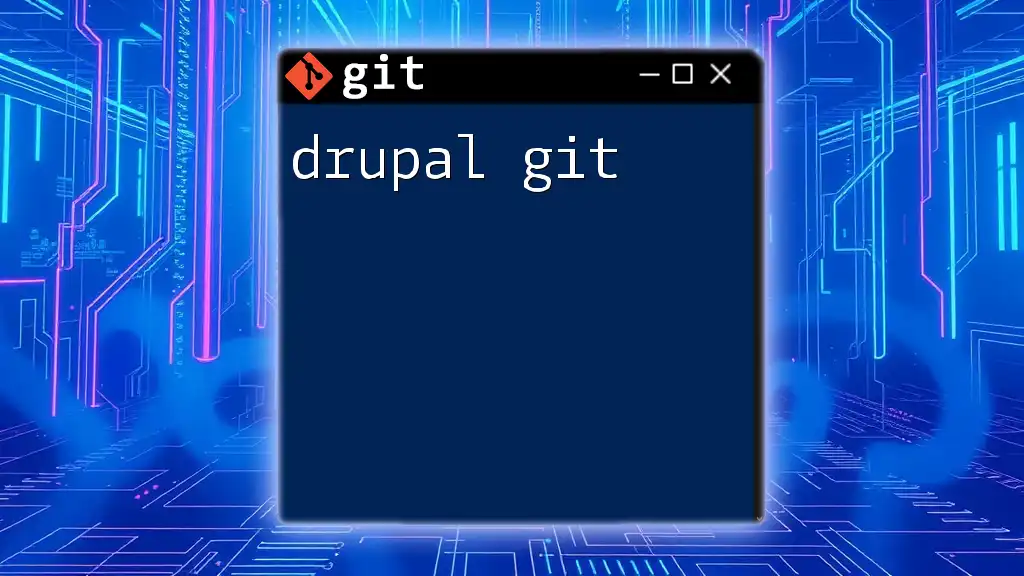
Conclusion
Recap of Vault Git Benefits
Vault Git offers a secure, efficient, and powerful version control system tailored for modern development practices. With its focus on security, integration capabilities, and user-friendly commands, teams can work collaboratively while safeguarding sensitive information.
Call to Action
Explore the various features of Vault Git further and consider integrating it into your development workflow. Embrace best practices, and unlock the full potential of version control in your projects!

